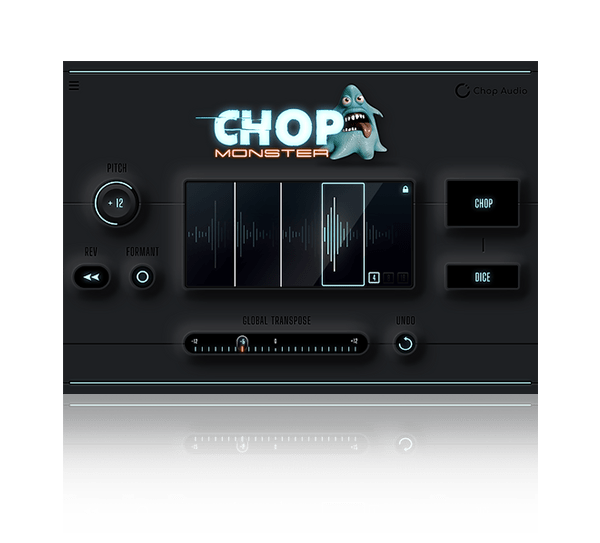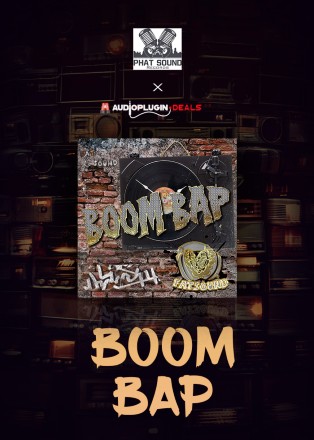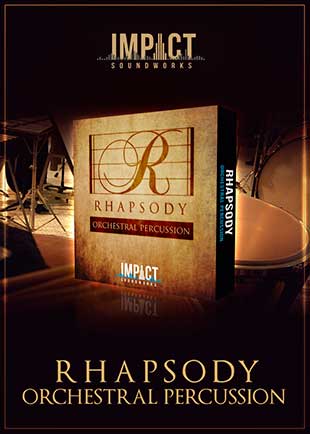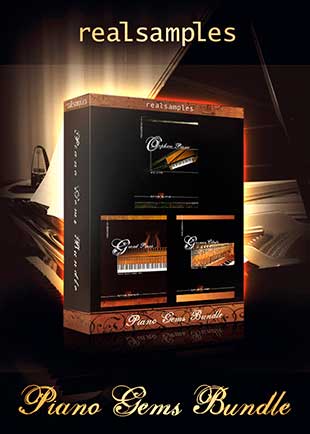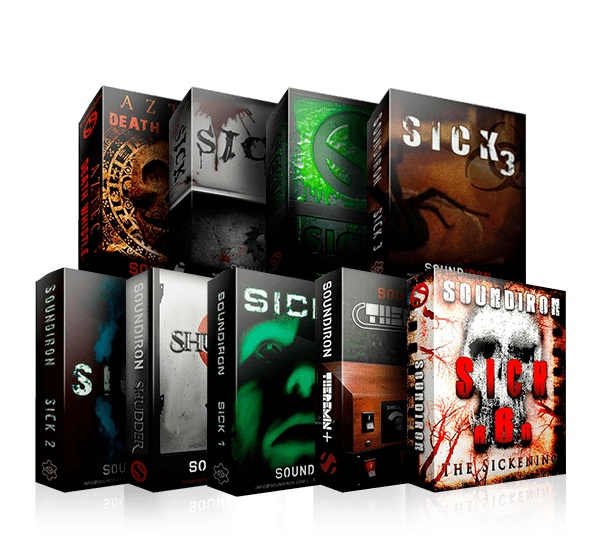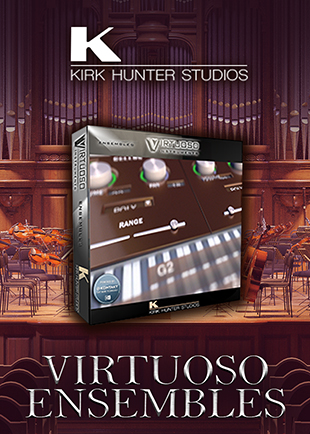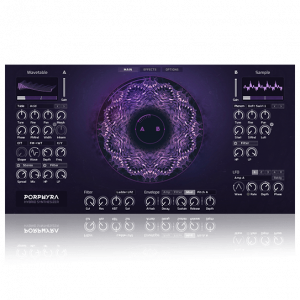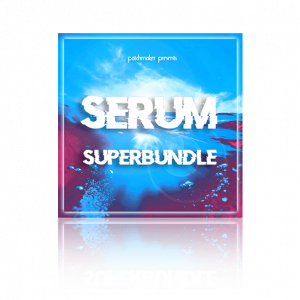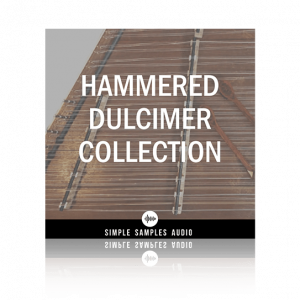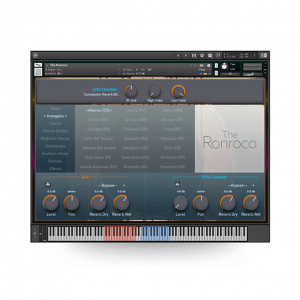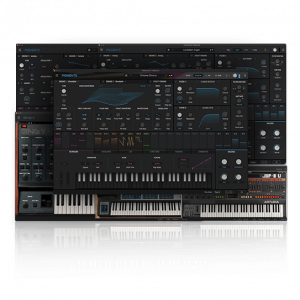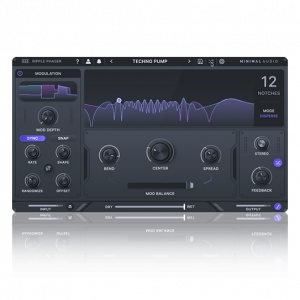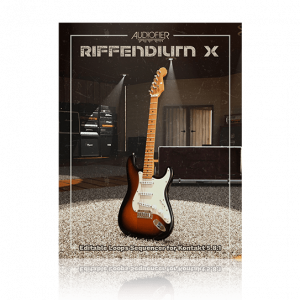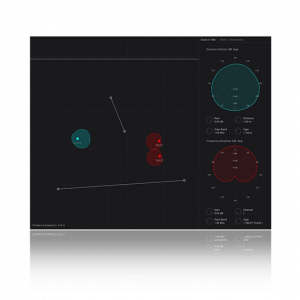Sampling just got a little easier with ChopMonster!
Sampling, who can live without this wonderful production skill? It can spice up music production, give you inspiration when you’re lacking, and help you tap into and learn other genres of music.
I know some people have a negative bias when it comes to sampling, but it’s beautiful when done correctly, and it’s fun!
In this article I’m going to tell you about a few ways that you can step your game up with sampling using Chop Audio’s ChopMonster.
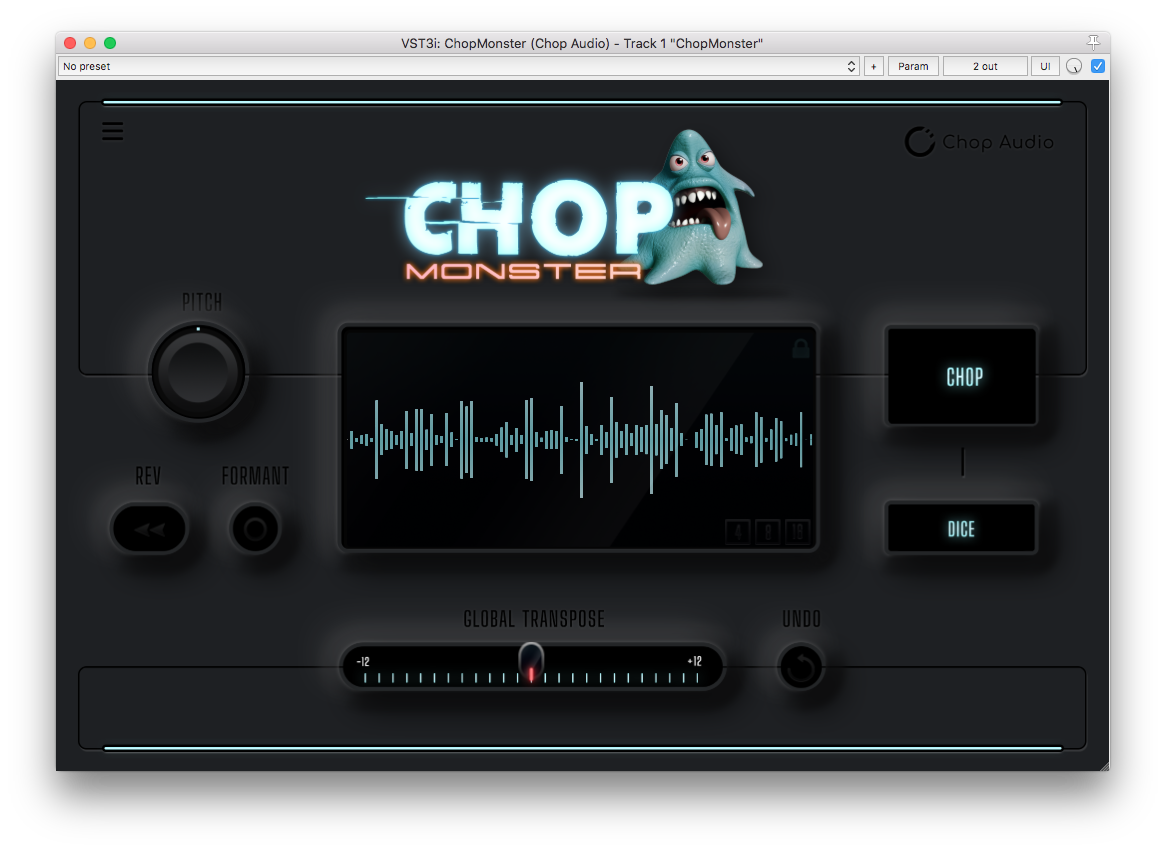
→ Check out the Chop Audio Interview, if you haven’t already ←
Old School Sampling Workflow
Sampling for me began with an MPC 3000 and a few records. The process was tedious, but fun. Let me break down fraction of the process, just a bit so you can get an idea:
- You had to find sound sources, at the time this generally came from records and cassette tapes
- Then you had to listen through the entire song, oftentimes, more than once.
- Sample the segments of the song you liked and wanted to manipulate
- Chop them up and arrange across the pads and then replay them
There were lots of limitations here and some of them aided to a unique style of production.
If you wanted different chops, you can go back and resample and re-chop your sample, there were no grids or lines, it was all done by ear, looking at numeric numbers or a combination of both. This made the most simplest of fixes or edits a task.
Some producers just used the loops and put drums over them and that’s fine. Lots of dope music has been made that way and still is. However, some took the sample based production to skillful level by re-arranging those chops and that could take a lot of time, especially if needed to go back and re-chop things.
This is where ChopMonster is a beast.
What I’m Loving About ChopMonster
You can quickly chop and arrange your sample into 4, 8 and 16 pieces and drag them (consolidated) from ChopMonster to your sequencer. We’re talking about seconds of work here.
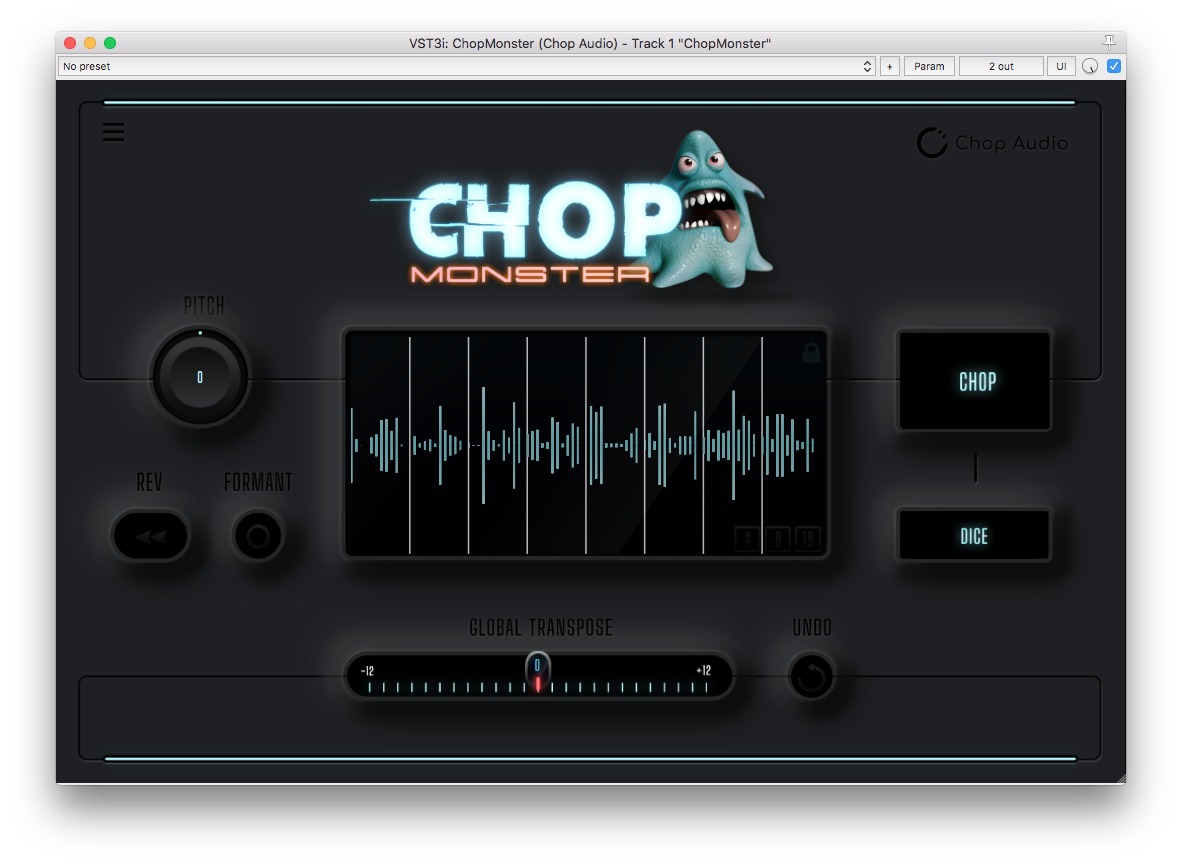
I love tools that make my job easier yet keep the creative juices flowing, and that’s exactly what ChopMonster allows: A fast workflow without being overloaded with a million little options and knobs to fiddle with.
Don’t get me wrong, options are great, and I love them, but they can get in the way when you’re just looking to get ideas out and keep things moving forward.
You can arrange the Verse, Hook and Bridge for example with a few clicks.
ChopMonster takes the most important aspect here, the chopping and These days, the process is a lot easier allowing you to get those ideas out much quicker with variations, for those that need that type of flexibility.

Use These Simple ChopMonster Features To Enhance Your Music Production
Chopping: Take your loops, it doesn’t matter where they come from, and chop those bad boys up. Flip through a few variations and drag the ones you like to your DAW’s sequencer. From here you can easily map out different sections of your song: Verse, Hook, 2nd Verse, Intro, Outro, etc.
Pitch Shifting: This technique involves changing the pitch of a sample. This can be the sample as a whole or the individual chops (producer’s choice). This is ideal if you want to reharmonize the sample or experience a new feel of the sample.
Pitching samples and one shots down can make them sound bigger while pitching them upward makes them sound thinner.
Resampling: Here, you’re essentially re-chopping the consolidated chop you pulled from ChopMonster to add more flexibility and variation to your samples. It’s good to experiment even if the results aren’t ideal for the current project you’re working on or what you have in mind.
Think of it as shuffling a deck of playing cards
Reverse Sampling: Essentially, this is making a sample or chop play backward. Sometimes it can sound wonky, but depending on the loop and its elements can add in some unique user grooves and slip timing.
DICE: This is more of an experimental way of chopping and processing your sample. Along with chopping, the sample or specific slices can be reversed, pitch and formant shifted, etc. Upon playback if you hear something you don’t like, you have the ability to go in and adjust it manually.
Another Useful Feature
Replaying your chops and dices with your midi controller (pad/keyboard). This is a great option if you wish to manually play back or click in your chops via the piano roll.
You Can Review The Full Feature List Here
Watch Felix Snow Give An Overview Of ChopMonster

What Does Formant Mean?
This is basically the resonant frequencies of a sound that define it. Adjusting timbre allows you control the timbre and tone of sounds. This is especially beneficial when working with focals.
You Can Basically Make An Entire Track With This One Plugin And Some Samples: Watch Felix Work!

Quick note: The Lock Button Commits the Processing: Slices, Pitch and Formant changes etc.
So Lock to commit, and unlock to make changes.
My suggestion, in terms of workflow, is to drag all committed (locked) audio to your sequencer. It’s very easy to hear something cool and then go “oh wait, let me try something else (move a chop)” and before you know it, you’re several steps into a new direction and totally forgot about that original spark of inspiration.
Final Words
In a nutshell, ChopMonster is the sampler I didn’t know I needed. Just being able to drag in and out of the software speeds up the workflow vs having to export, save, find and reload. It’s totally a workflow enhancer. I can’t wait to see what this company releases next.
